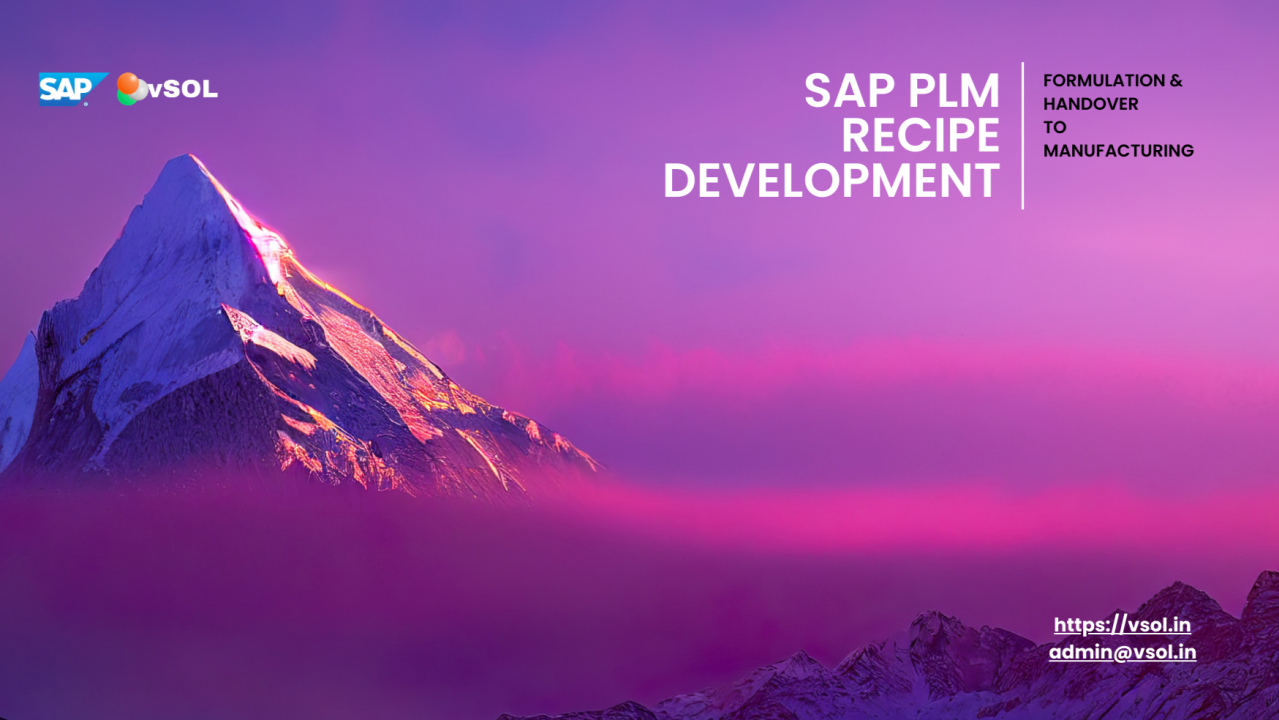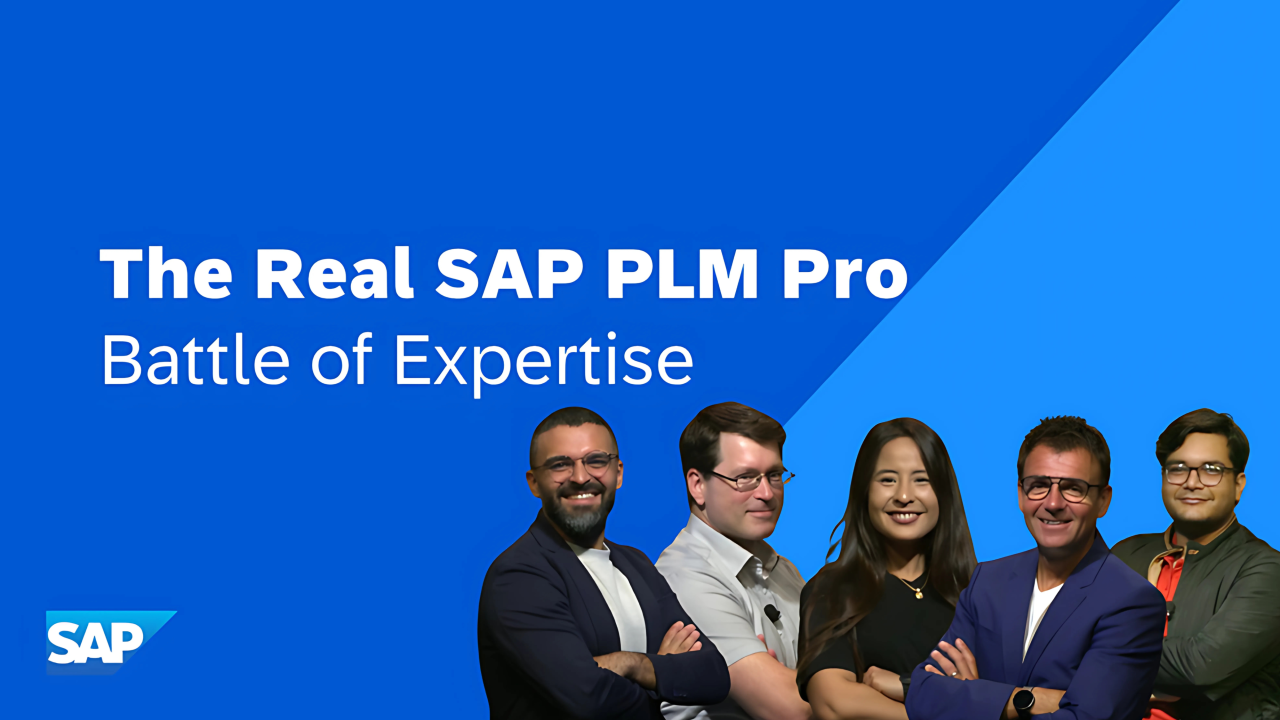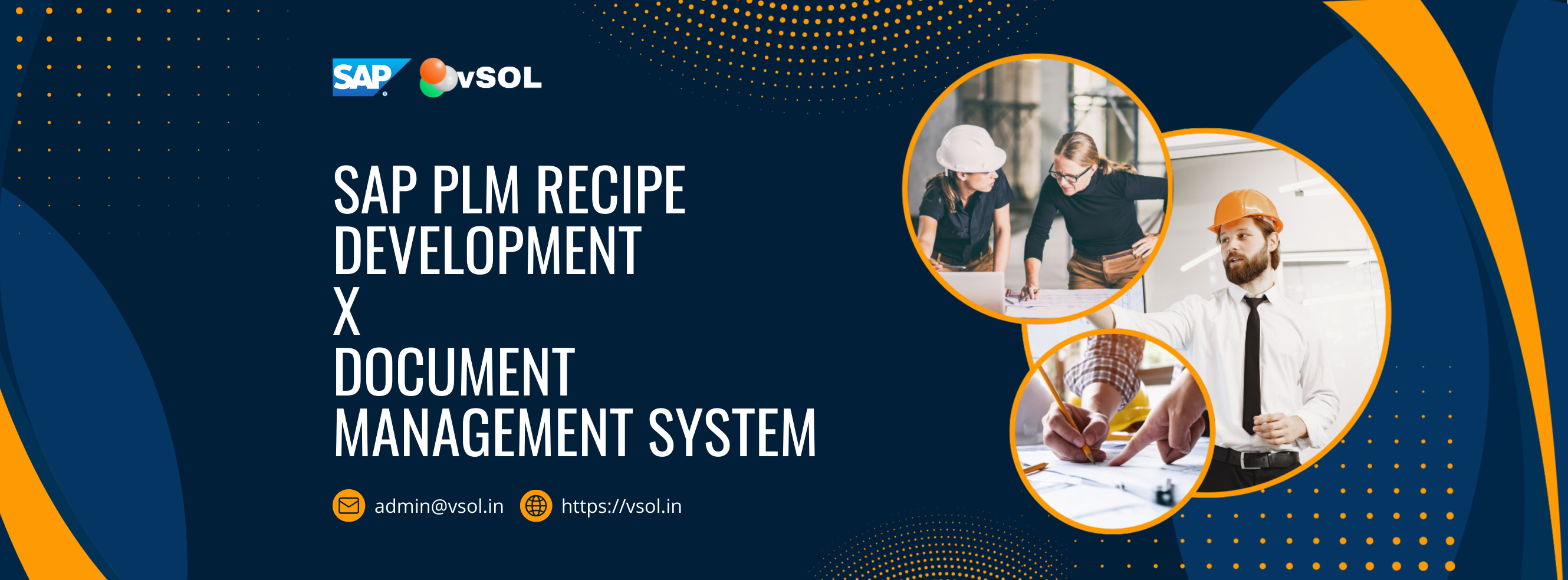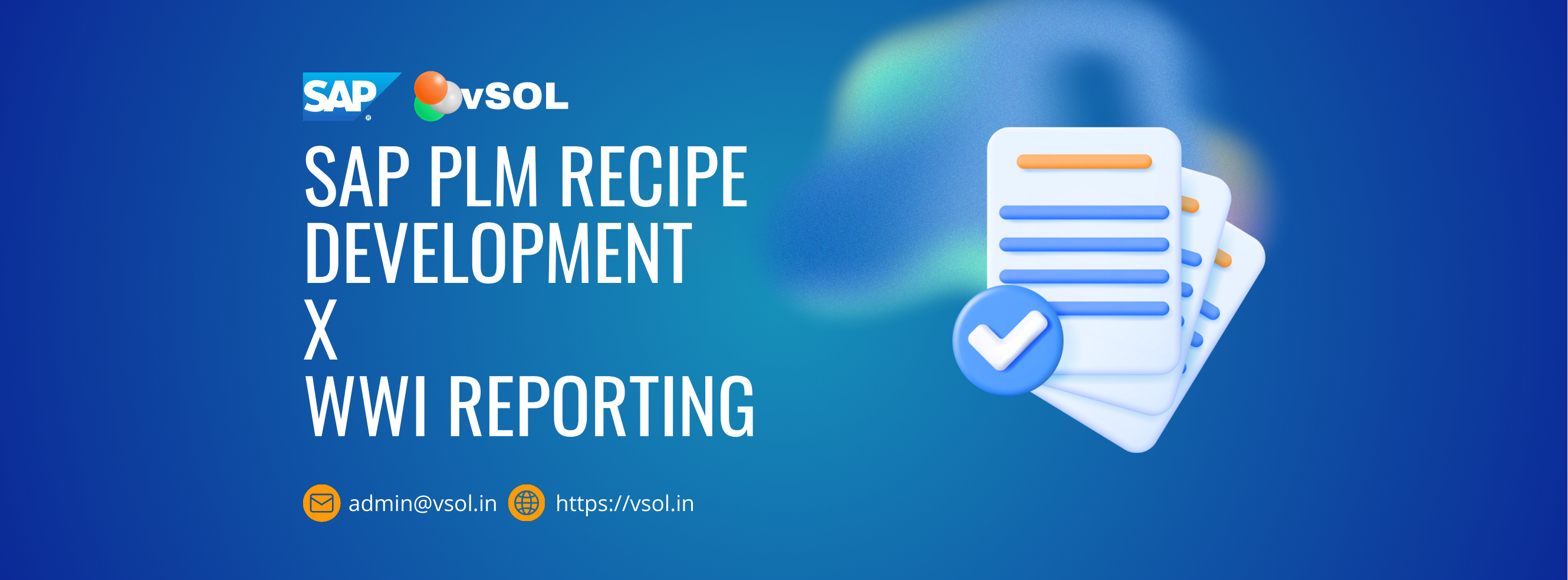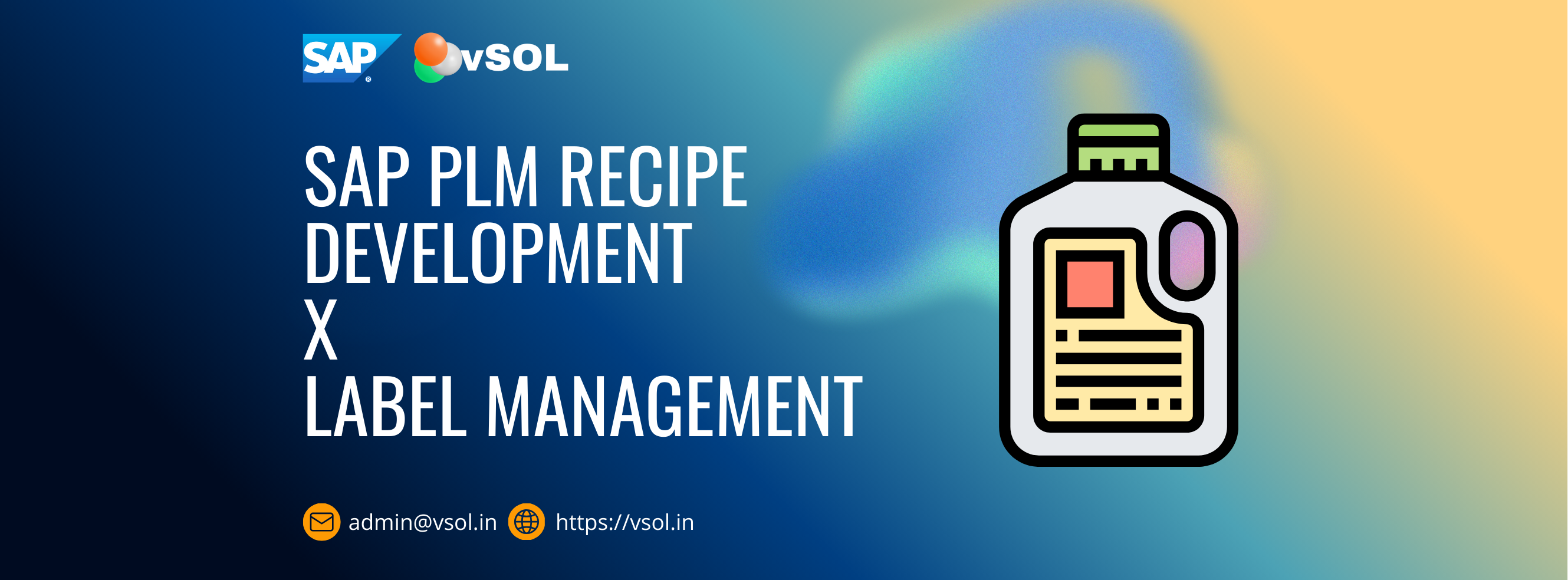In process industries, the transition from product idea to full-scale manufacturing is often slowed down by manual processes, disconnected systems, and repeated hand-offs between R&D and production teams. For companies in FMCG, pharmaceuticals, chemicals, consumer products, and cosmetics, this can mean longer time-to-market, higher compliance risks, and unnecessary waste.
SAP PLM Recipe Development addresses this challenge by providing an integrated platform where recipes are created, managed, and seamlessly handed over to manufacturing. At the heart of this capability lies the ability to manage different recipe types and to synchronize the plant recipe with the Material BOM (Bill of Material), ensuring a smooth and digital flow from R&D to production.
1. Basic Recipe Types in SAP PLM
i. Recipe Formulation / General Recipe
ii. Plant Recipe
2. Special Features That Add Business Value
i. End-to-End Traceability
ii. Flexibility for Global Manufacturing
iii. Faster Time-to-Market
iv. Cost and Sustainability Benefits
3. Industry Applications
i. FMCG: Speed up the launch of new food and beverage products with accurate nutritional declarations and seamless recipe-to-BOM transfer.
ii. Pharmaceuticals: Ensure every plant follows validated recipes while maintaining GMP compliance and full batch traceability.
iii. Chemicals: Digitally manage hazardous raw material formulations and synchronize with BOMs to generate SDS automatically.
iv. Cosmetics & Consumer Products: Manage global product variants and compliance labeling while ensuring consistency across multiple manufacturing sites.
4. The Business Case for Digitization
Companies that still rely on manual recipe sheets, Excel files, or disconnected systems face recurring problems: slow handovers, misaligned data, regulatory penalties, and higher costs. By adopting SAP PLM Recipe Development’s Recipe Management and Handover to Manufacturing, organizations can:
i. Accelerate product innovation cycles.
ii. Achieve end-to-end compliance traceability.
iii. Reduce waste and operational inefficiencies.
iv. Contribute to sustainability by eliminating paper processes and avoiding unnecessary trial-and-error runs.
5. Conclusion
In the race to bring safe, compliant, and innovative products to market, businesses cannot afford inefficiencies between R&D and production. SAP PLM Recipe Development provides the missing link: an integrated digital workflow from recipe formulation to synchronized Material BOMs. For FMCG, pharma, chemicals, cosmetics, and consumer products industries, this means faster launches, lower compliance risk, and a measurable reduction in carbon footprint. By digitizing recipe development and handover processes, organizations not only modernize their operations but also take a significant step towards sustainable, future-ready manufacturing.
By implementing SAP PLM Recipe Development, food manufacturers can achieve significant improvements in innovation speed, compliance assurance, and operational efficiency.
Let’s Innovate Together
Whether you are modernizing your R&D processes, centralizing formulation data, or seeking end-to-end recipe lifecycle control, we can help you transform SAP PLM into a into a competitive advantage.
📩 Get in touch: https://vsol.in/ | admin@vsol.in

